Our papers are the official record of our discoveries. They allow others to build on and apply our work. Each one is the result of many months of research, so we make a special effort to make our papers clear, inspiring and beautiful, and publish them in leading journals.
- Date
- Subject
- Theme
- Journal
- Citations
- Altmetric
- SNIP
- Author
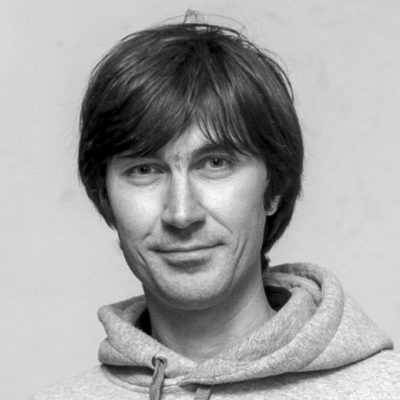 M. Burtsev
M. Burtsev A. V. Kosyak
A. V. Kosyak J. Wang
J. Wang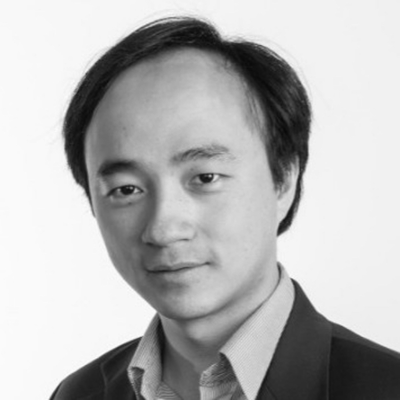 Y. He
Y. He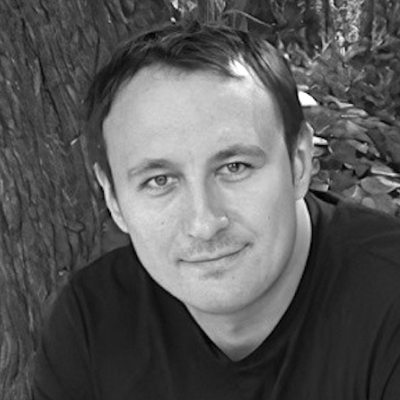 O. Gamayun
O. Gamayun E. Sobko
E. Sobko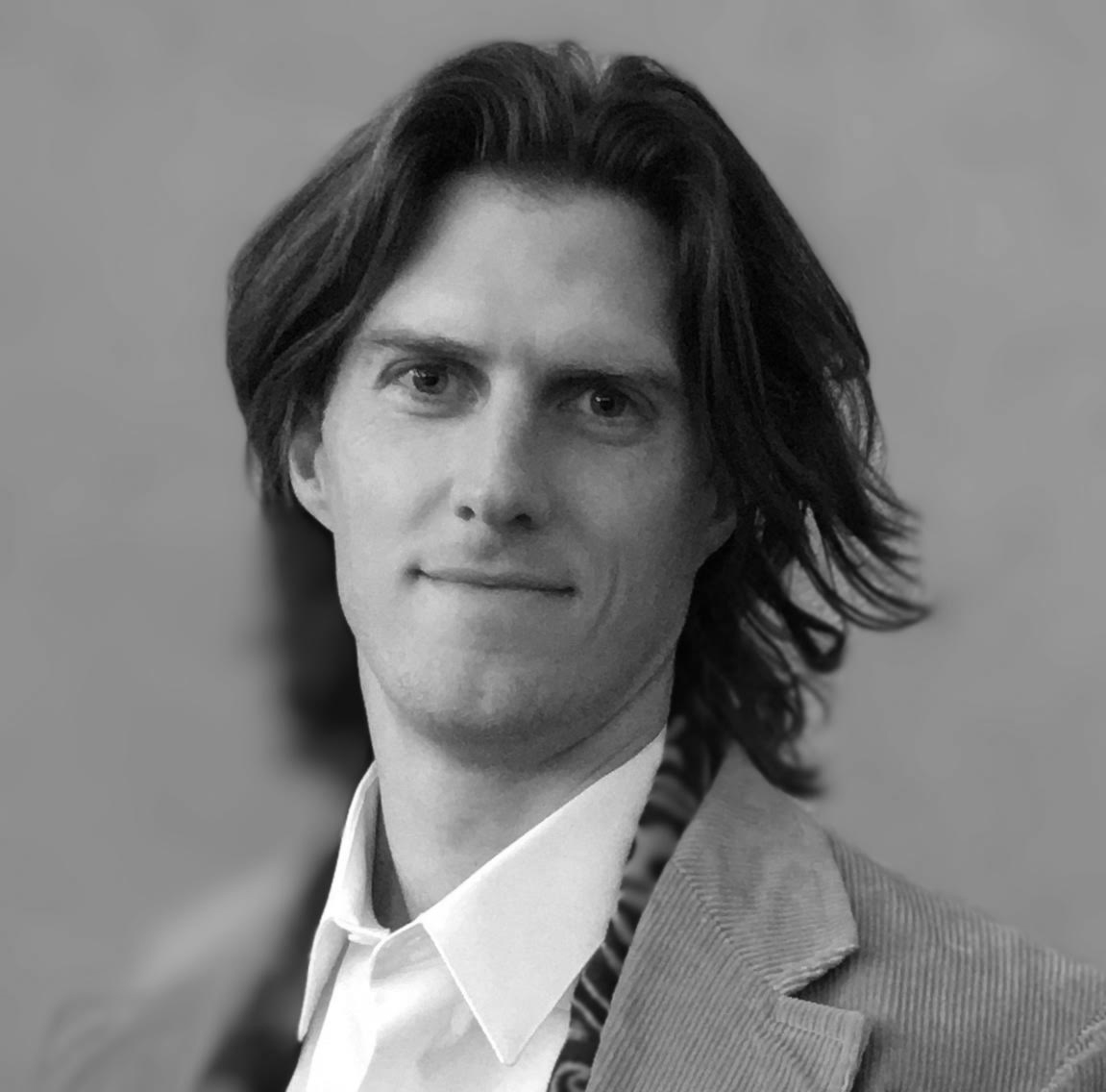 F. Sheldon
F. Sheldon F. Caravelli
F. Caravelli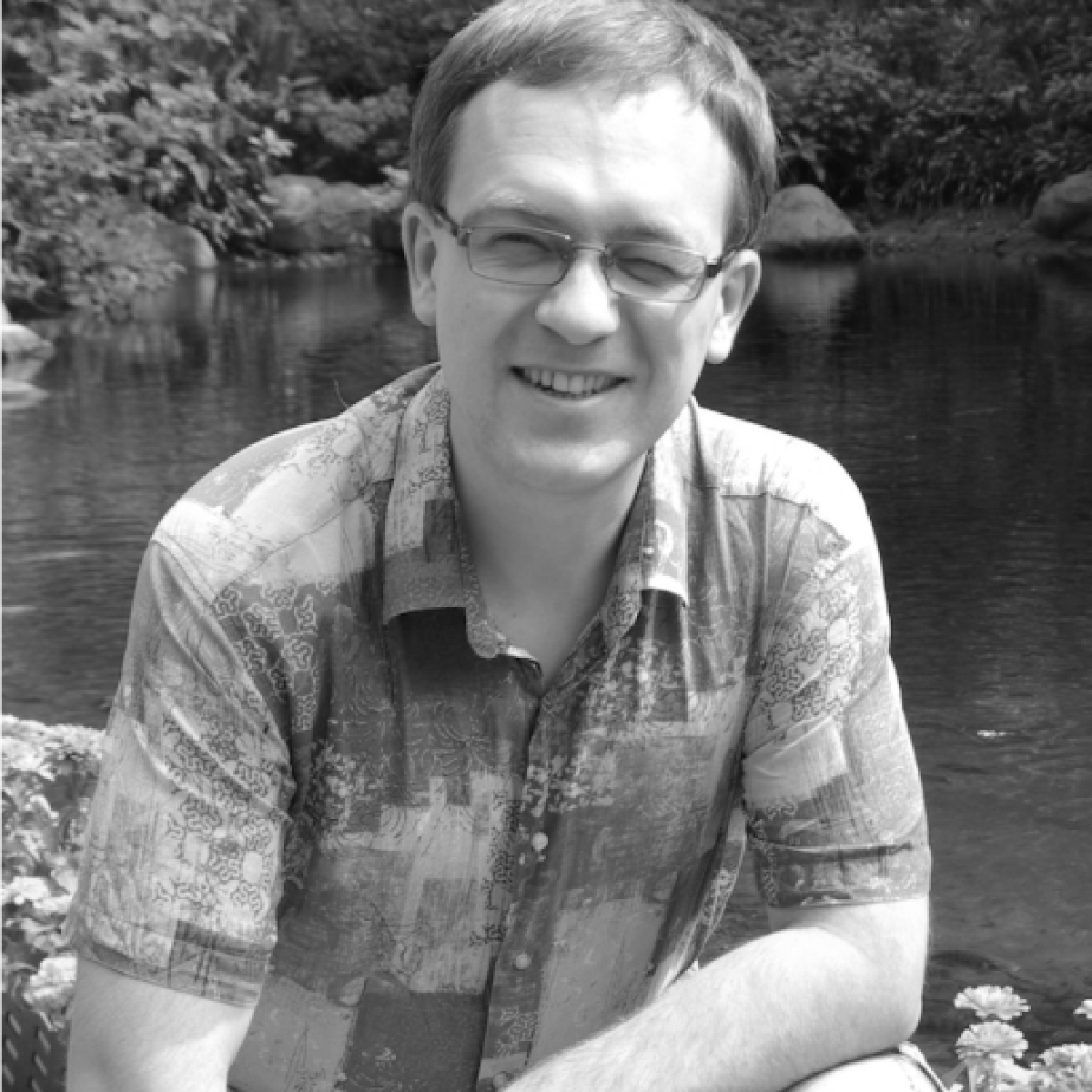 I. Shkredov
I. Shkredov A. Stepanenko
A. Stepanenko A. Sarikyan
A. Sarikyan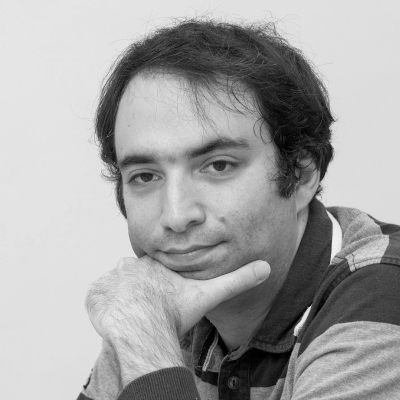 A. Esterov
A. Esterov A. Ochirov
A. Ochirov M. Reeves
M. Reeves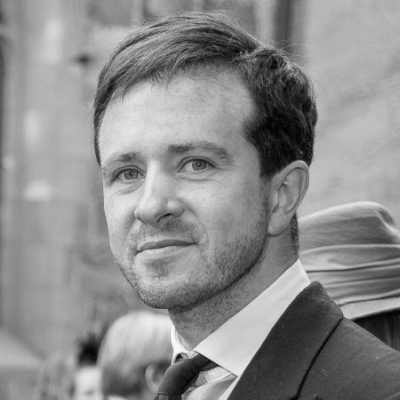 T. Fink
T. Fink G. Caldarelli
G. Caldarelli R. Hannam
R. Hannam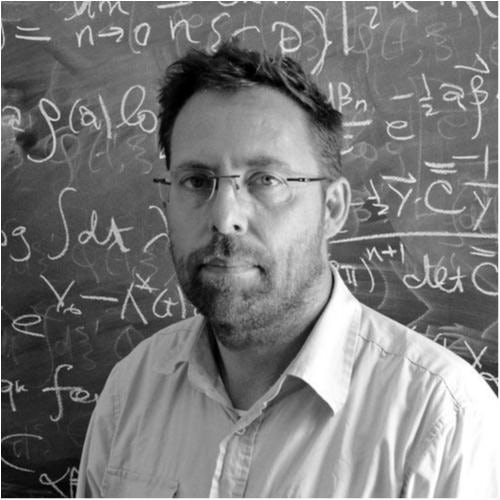 A. Coolen
A. Coolen O. Dahlsten
O. Dahlsten A. Mozeika
A. Mozeika M. Bardoscia
M. Bardoscia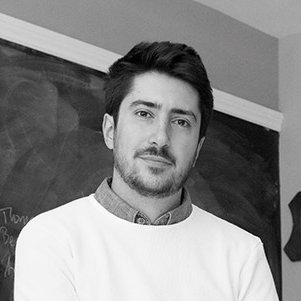 P. Barucca
P. Barucca M. Rowley
M. Rowley I. Teimouri
I. Teimouri F. Antenucci
F. Antenucci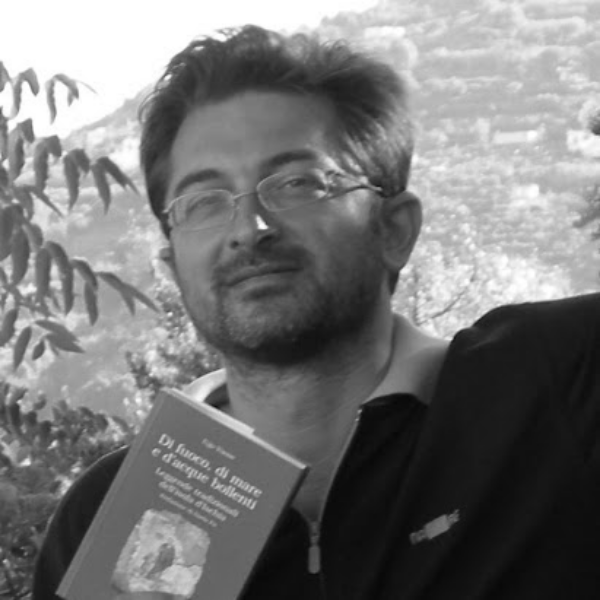 A. Scala
A. Scala R. Farr
R. Farr A. Zegarac
A. Zegarac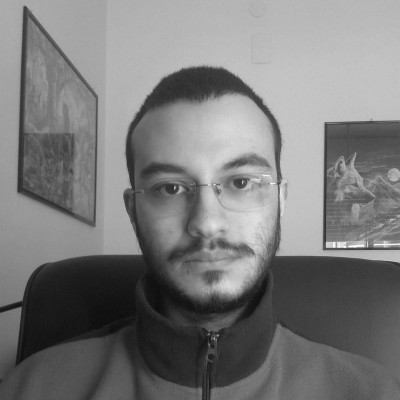 S. Sebastio
S. Sebastio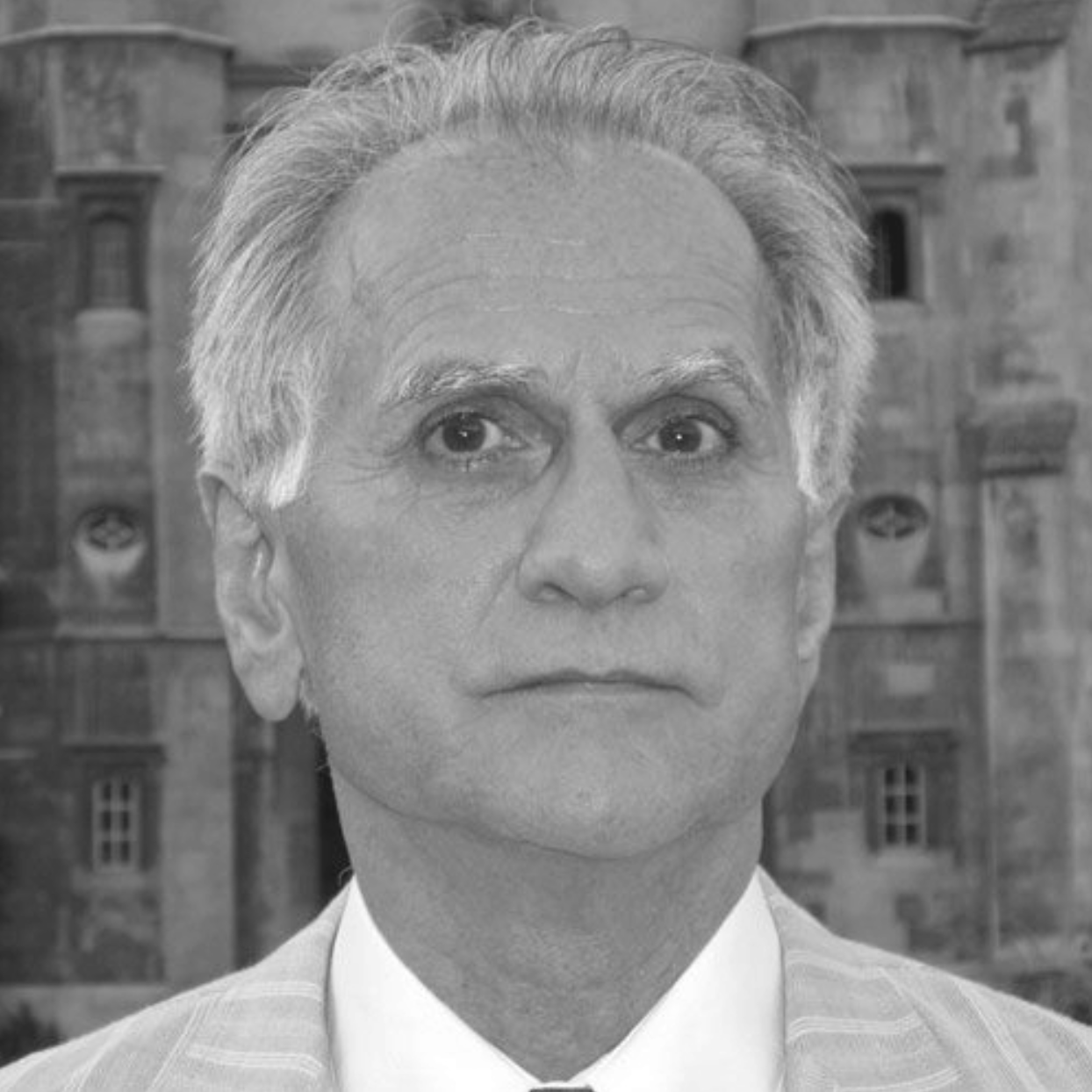 B. Bollobás
B. Bollobás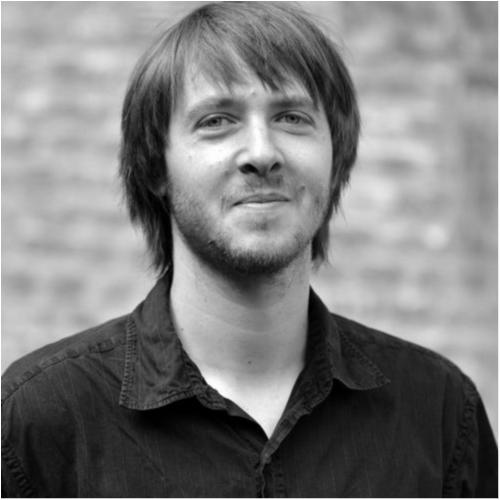 F. Lafond
F. Lafond D. Farmer
D. Farmer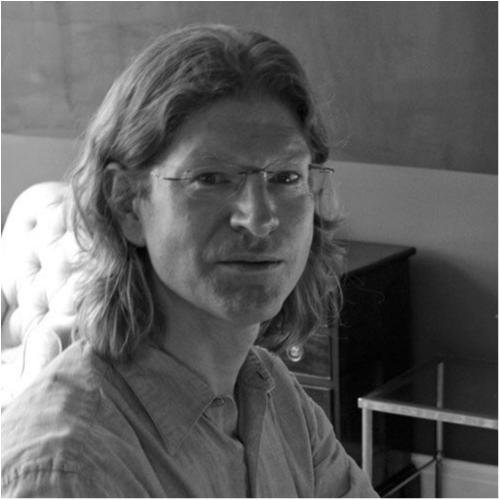 C. Pickard
C. Pickard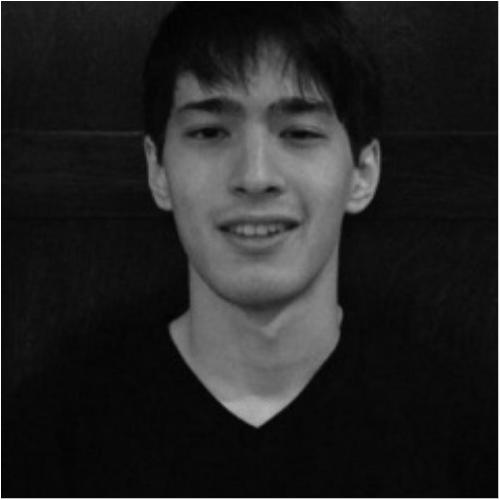 T. Reeves
T. Reeves J. Blundell
J. Blundell A. Gallagher
A. Gallagher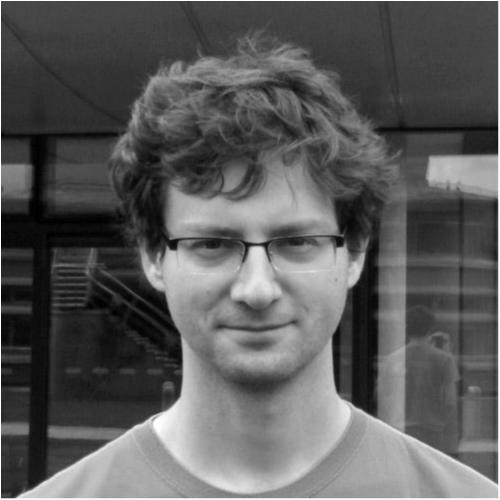 M. Przykucki
M. Przykucki P. Smith
P. Smith L. Pietronero
L. Pietronero
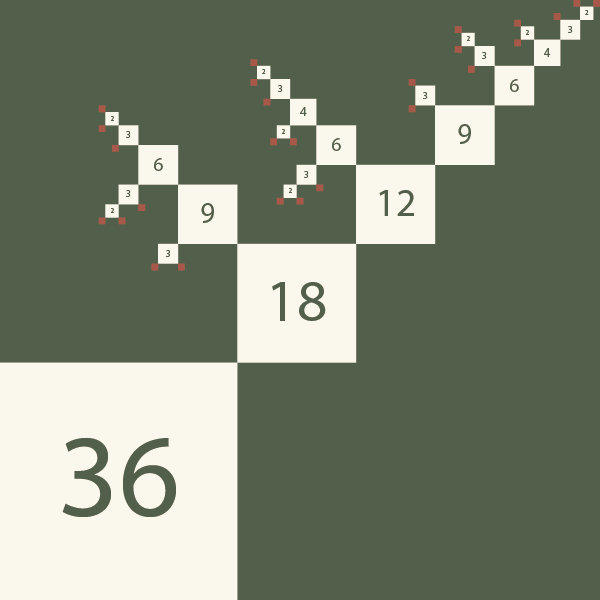
Number theory
Counting recursive divisors
Three new closed-form expressions give the number of recursive divisors and ordered factorisations, which were until now hard to compute.
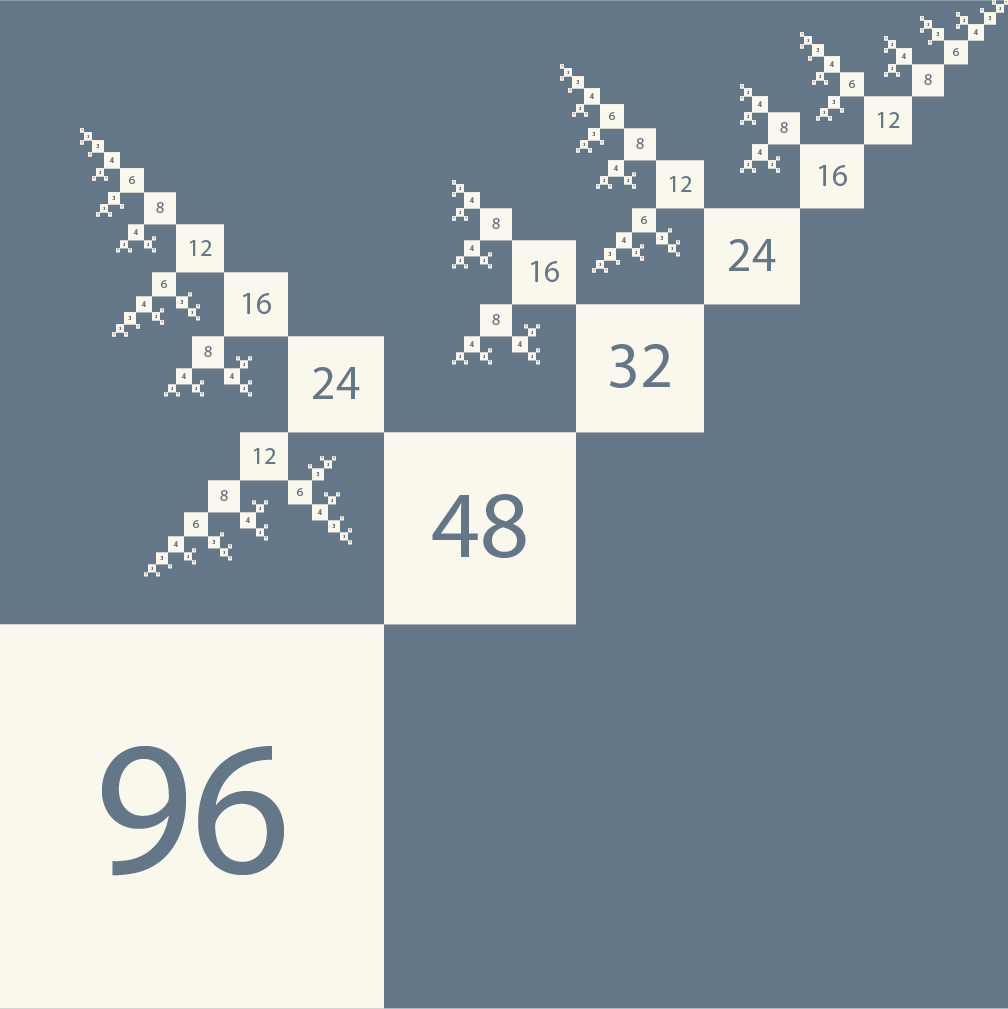
Number theory
Recursive divisor properties
The recursive divisor function has a simple Dirichlet series that relates it to the divisor function and other standard arithmetic functions.
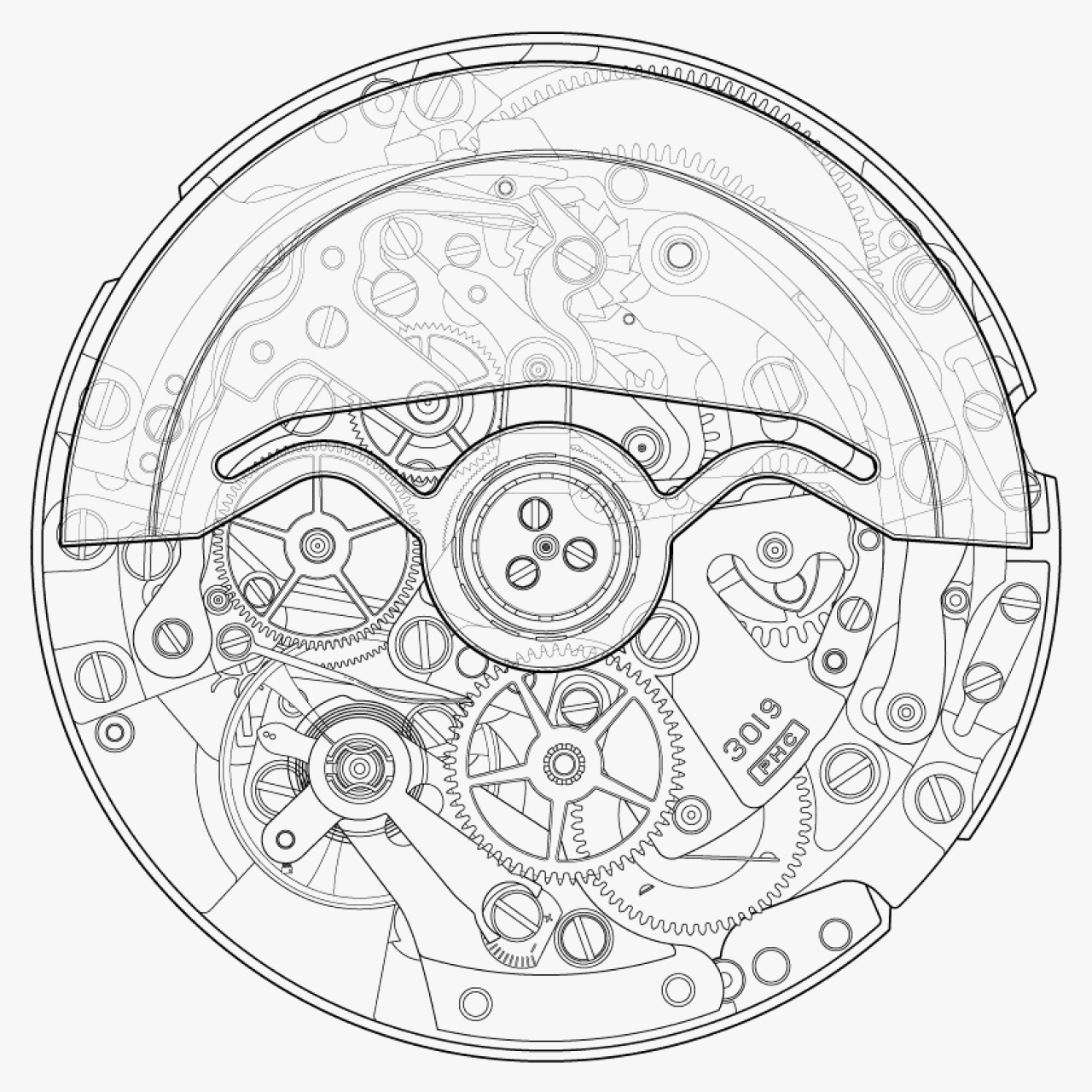
Statistical physics
Kauffman cracked
Surprisingly, the number of attractors in the critical Kauffman model with connectivity one grows exponentially with the size of the network.
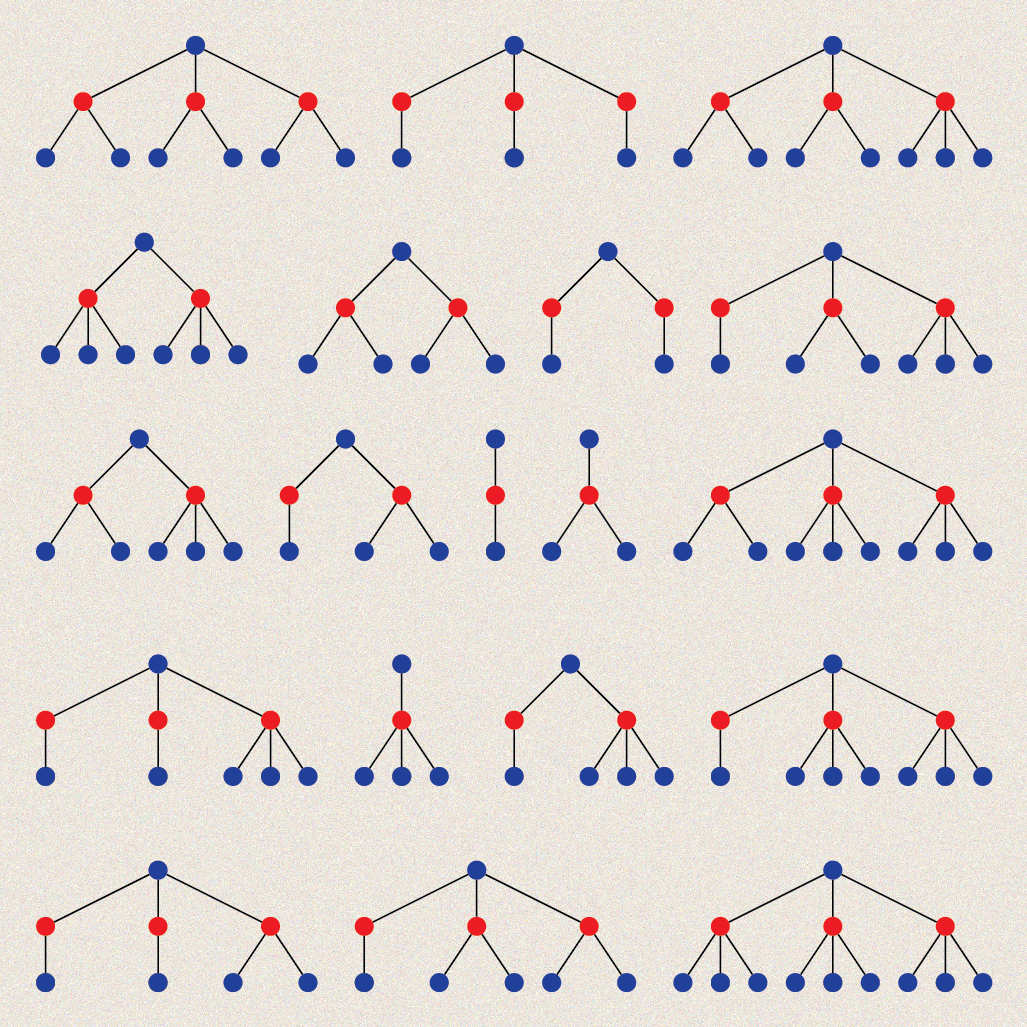
Combinatorics
In life, there are few rules
The bipartite nature of regulatory networks means gene-gene logics are composed, which severely restricts which ones can show up in life.
Statistical physics
Landau meets Kauffman
Insights from number theory suggest a new way to solve the critical Kauffman model, giving new bounds on the number and length of attractors.
Statistical physics
Multiplicative loops
The dynamics of the Kauffman network can be expressed as a product of the dynamics of its disjoint loops, revealing a new algebraic structure.
Evolvability
Flowers of immortality
The eigenvalues of the mortality equation fall into two classes—the flower and the stem—but only the stem eigenvalues control the dynamics.
Combinatorics
Structure of genetic computation
The structural and functional building blocks of gene regulatory networks correspond, which tell us how genetic computation is organised.
Number theory
Recursively divisible numbers
Recursively divisible numbers are a new kind of number that are highly divisible, whose quotients are highly divisible, and so on, recursively.
Evolvability
I want to be forever young
The mortality equation governs the dynamics of an evolving population with a given maximum age, offering a theory for programmed ageing.
Combinatorics
Biological logics are restricted
The fraction of logics that are biologically permitted can be bounded and shown to be tiny, which makes inferring them from experiments easier.
Number theory
Ample and pristine numbers
Parallels between the perfect and abundant numbers and their recursive analogs point to deeper structure in the recursive divisor function.
Theory of innovation
Taming complexity
Insights from biology, physics and business shed light on the nature and costs of complexity and how to manage it in business organizations.
Theory of innovation
Recursive structure of innovation
A theoretical model of recursive innovation suggests that new technologies are recursively built up from new combinations of existing ones.
Geometry
Geometry of discrete space
A phase transition creates the geometry of the continuum from discrete space, but it needs disorder if it is to have the right metric.
Theory of innovation
The rate of innovation
The distribution of product complexity helps explain why some technology sectors tend to exhibit faster innovation rates than other sectors.
Theory of innovation
The science of strategy
The usefulness of components and the complexity of products inform the best strategy for innovation at different stages of the process.
Theory of innovation
The secret structure of innovation
Firms can harness the shifting importance of component building blocks to build better products and services and hence increase their chances of sustained success.
Theory of innovation
Serendipity and strategy
In systems of innovation, the relative usefulness of different components changes as the number of components we possess increases.
Graph theory
Eigenvalues of neutral networks
The principal eigenvalue of small neutral networks determines their robustness, and is bounded by the logarithm of the number of vertices.
Discrete dynamics
Form and function in gene networks
The structural properties of a network motif predict its functional versatility and relate to gene regulatory networks.
Network theory
Easily repairable networks
When networks come under attack, a repairable architecture is superior to, and globally distinct from, an architecture that is robust.
Network theory
The temperature of networks
A new concept, graph temperature, enables the prediction of distinct topological properties of real-world networks simultaneously.
Network theory
Scales in weighted networks
Information theory fixes weighted networks’ degeneracy issues with a generalisation of binary graphs and an optimal scale of link intensities.
Information theory
Assessing self-assembly
The information needed to self-assemble a structure quantifies its modularity and explains the prevalence of certain structures over others.
Discrete dynamics
Random cellular automata
Of the 256 elementary cellular automata, 28 of them exhibit random behavior over time, but spatio-temporal currents still lurk underneath.
Statistical physics
Single elimination competition
In single elimination competition the best indicator of success is a player's wealth: the accumulated wealth of all defeated players.